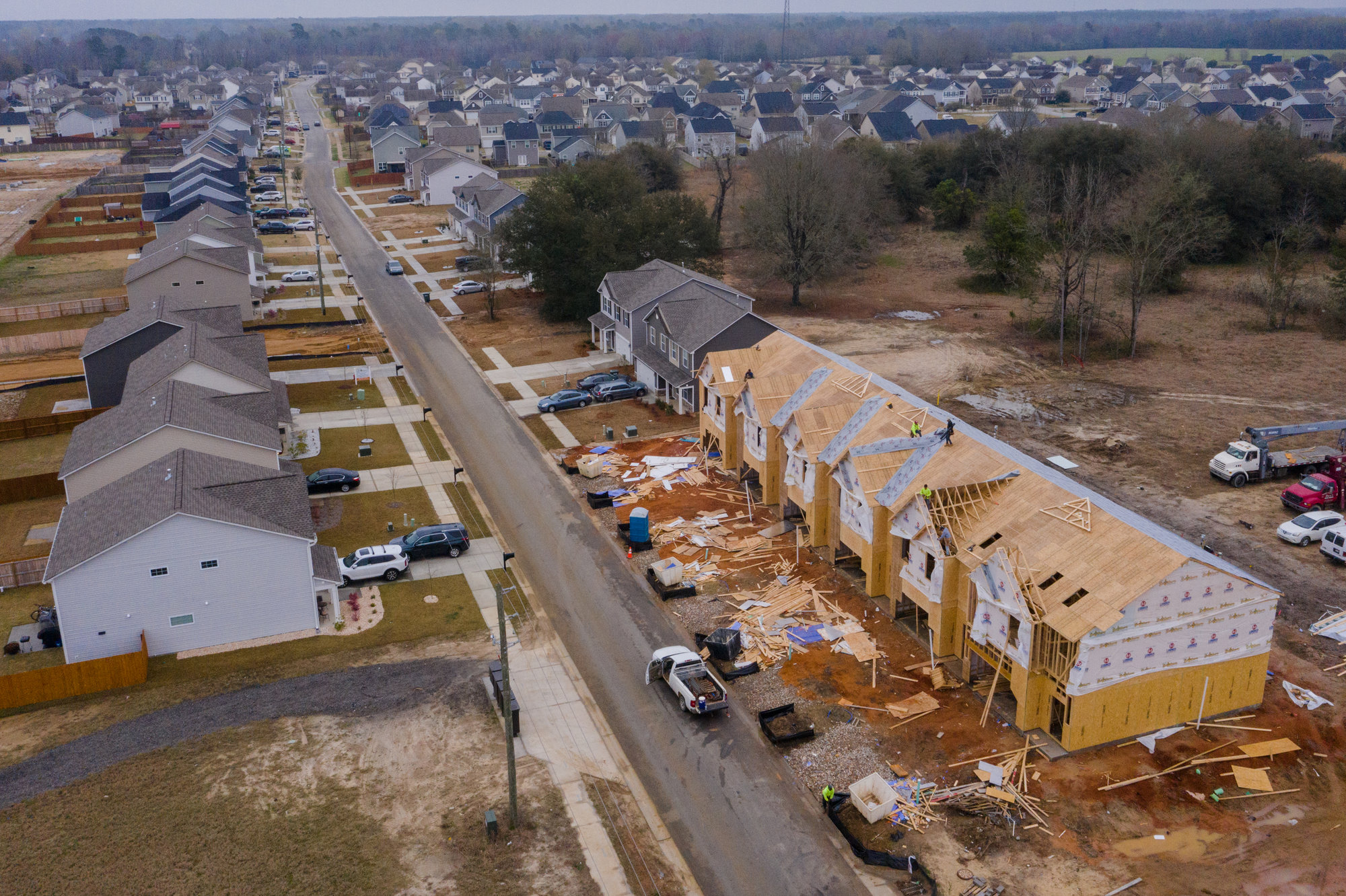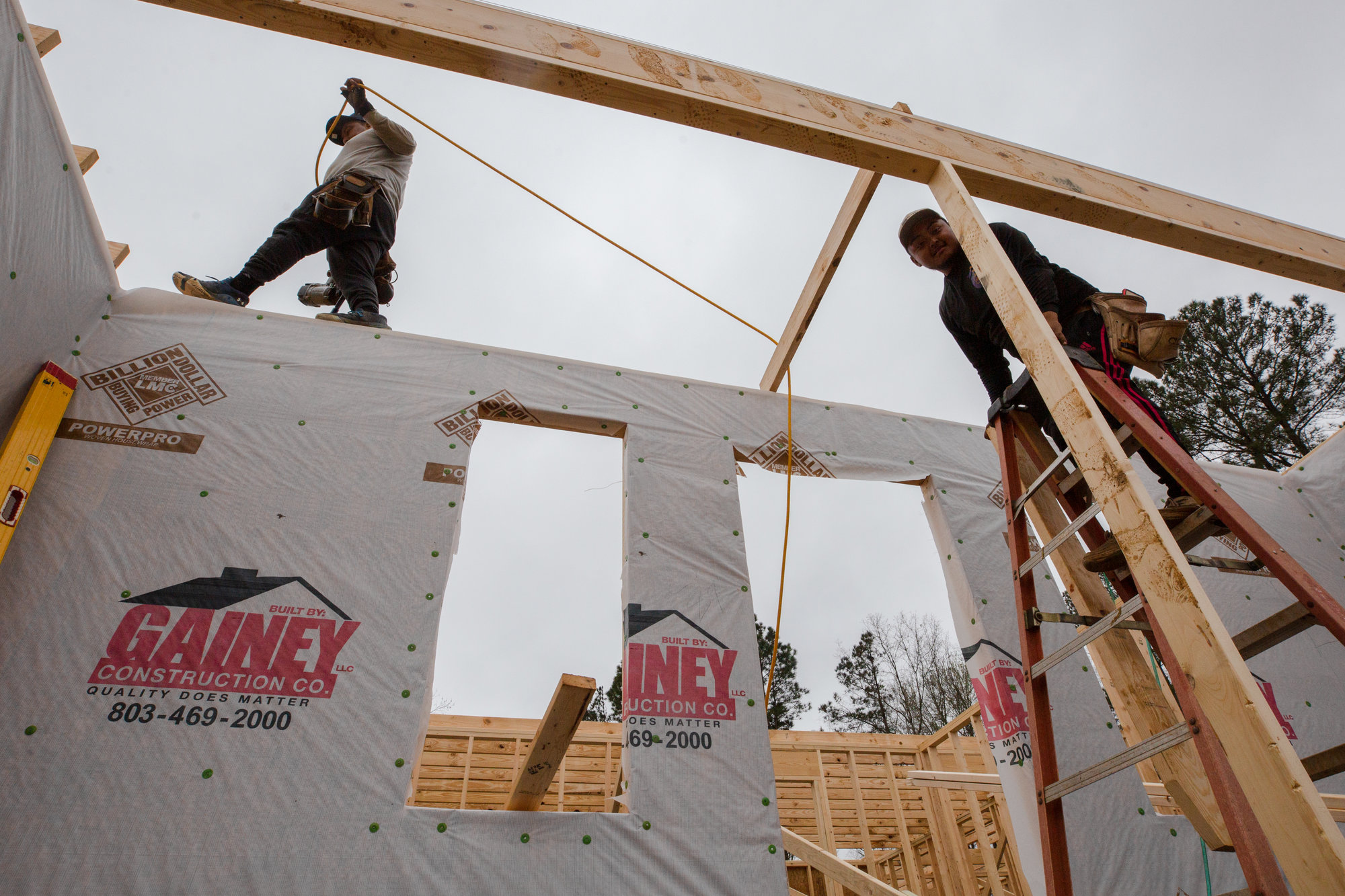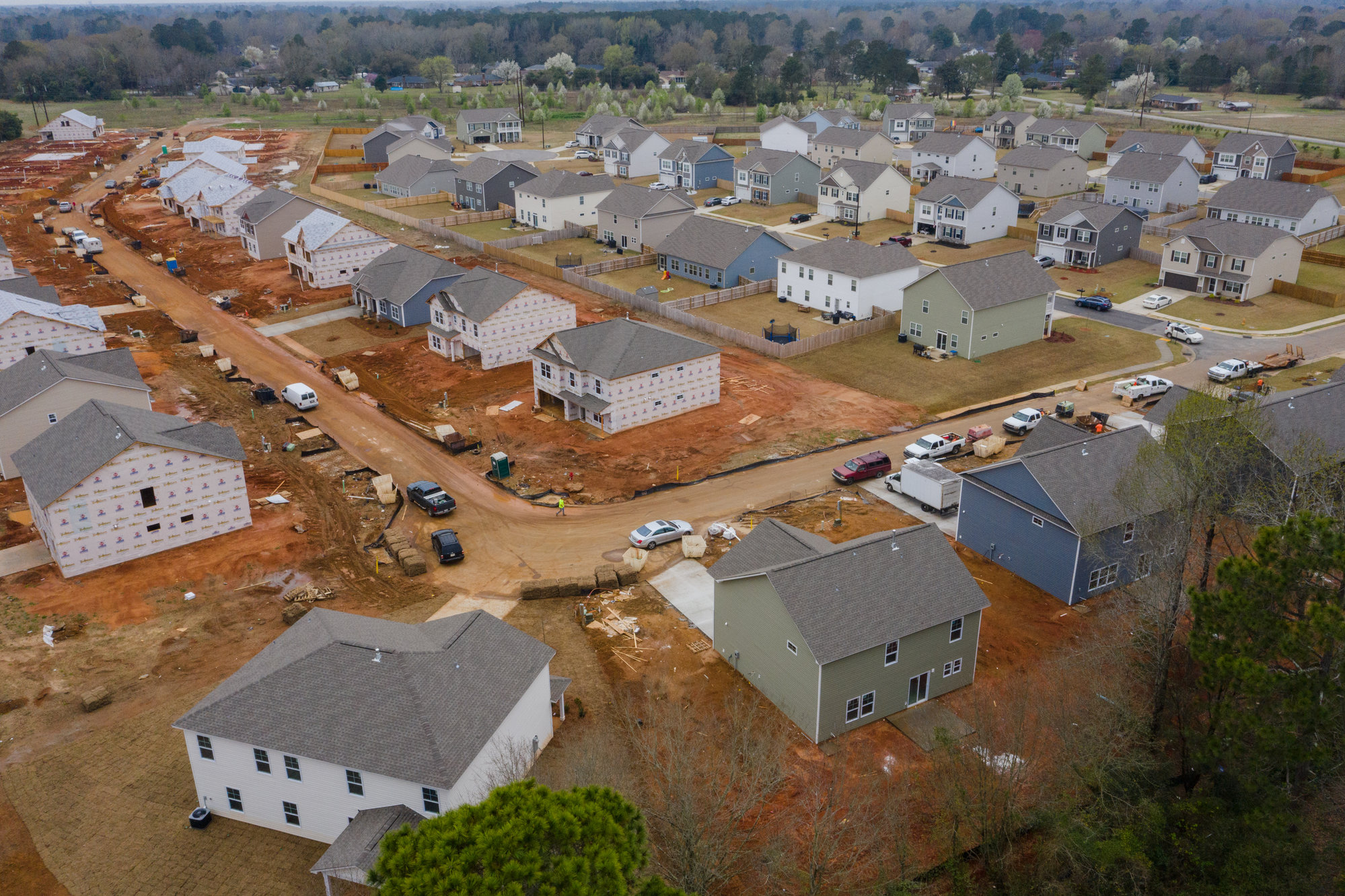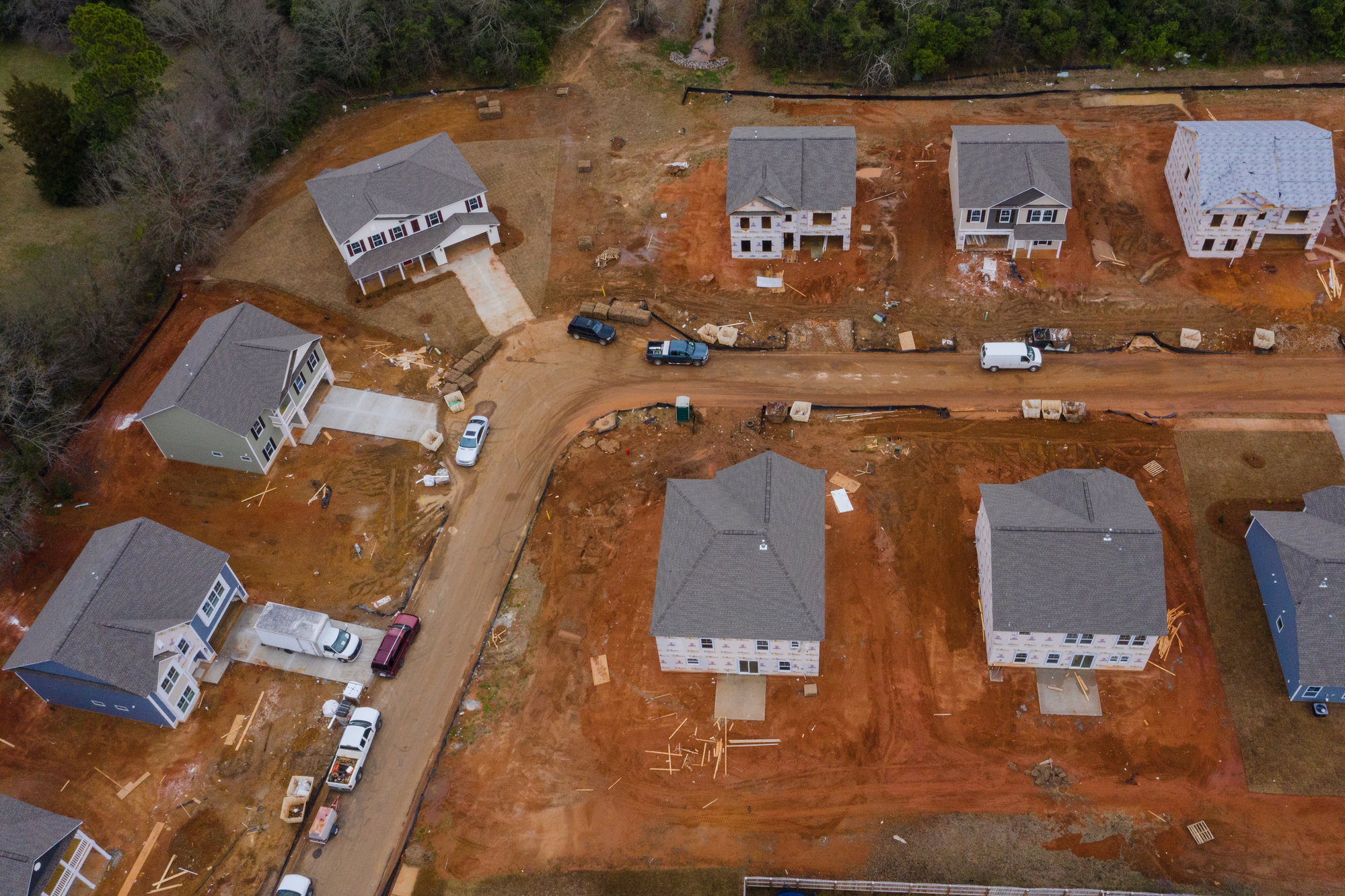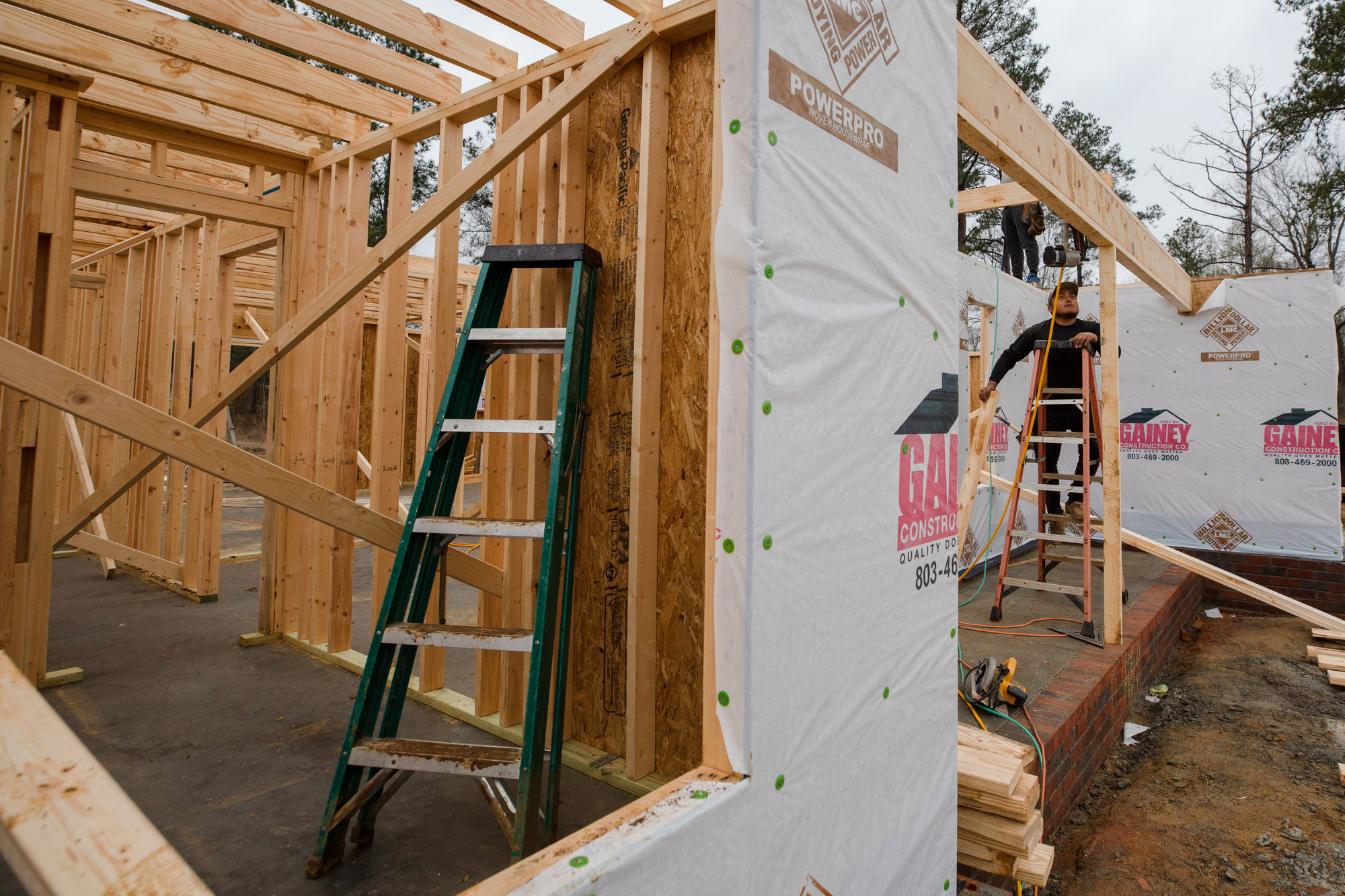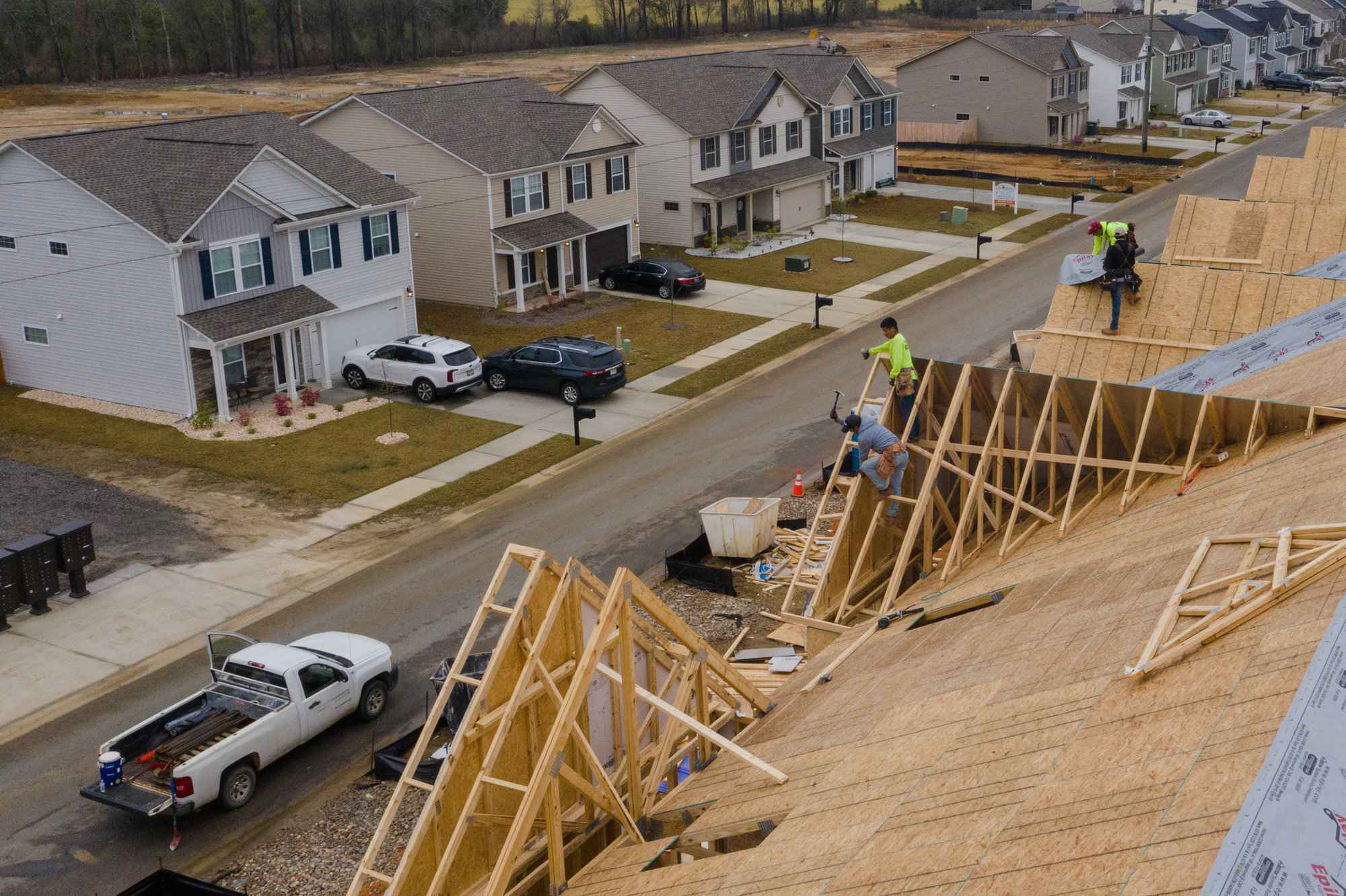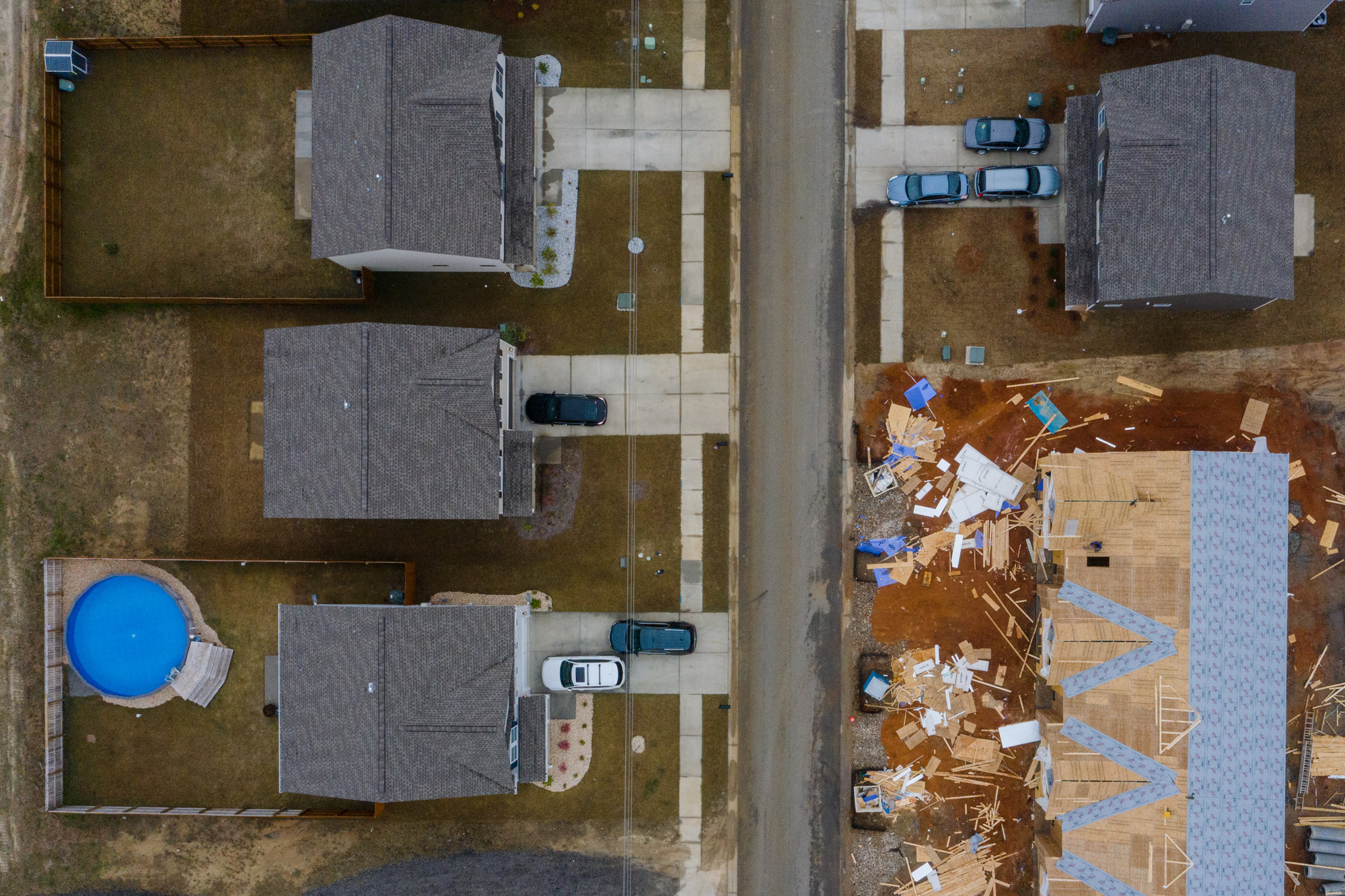Pandemic leading more to find home sweet home in Sumter area
Low interest rates, people rethinking lifestyles cause boom, low inventory
bruce@theitem.com
Record low interest rates and people rethinking work/life balances have created a house-hunting bonanza in the age of COVID-19 across the United States and locally.
Two experienced local Realtors, one who is the Multiple Listing Services director for the Sumter region, spoke Thursday on the biggest tear for the residential real estate market across the country since 2006 and before the Great Recession.
As the Federal Reserve Bank moved interest rates to 0% last year, it had a trickle-down effect on mortgage rates and pushed them down to 2% by the end of 2020. That has been the biggest factor in booming home sales, according to Jay Linginfelter, MLS director at the Sumter Board of Realtors.
Talmadge Tobias, partner and broker in charge with Re/Max Summit in Sumter, agreed.
To have a 2% interest rate on a 30-year mortgage loan was "unbelievable" in 2020, Tobias said.
His firm's performance last year illustrated that. Sumter Re/Max transactions increased by 54% from 407 in 2019 to 625 sales in 2020, he said.
"Looking at house payments," Tobias asked, "what would your house payment be with an interest rate of 5% or 6% versus an interest rate in the 2% range? In many cases today, an individual can have a house payment cheaper than a rent payment."
The big caveat for that these days is the down payment at purchase, though, he said, and that factors out many people.
Mortgage rates have inched up this year but are still relatively low, and Linginfelter does not think they will move higher than 4%.
That will keep demand strong for home buying throughout 2021, he said.
Winners in the process in the last year have been millennials who are buying their first homes, homeowners who have refinanced their mortgages and those who have taken advantage of move-up opportunities, Linginfelter said.
He gave the example of someone selling a home valued at $200,000 and buying a new home at a $250,000 or $300,000 price point and having the same house payment as before because of the lower interest rates. Linginfelter added that has caused many people to increase their square footage or change neighborhoods.
Also fueling home buying has been the pandemic-driven trend of increased work-from-home policies across numerous business sectors. Industry experts expect that trend will continue for some workers even after the pandemic. On a related point, given COVID-19, there is a new house-based existence (or lifestyle) as people are traveling less, according to industry sources.
Americans are changing how they want to live with a move possibly to a bigger home with more private space for an office or virtual learning for kids, Linginfelter said.
Virtual learning and a growth in alternative learning options for students are here to stay, he thinks, given current technology upgrades.
A glaring issue in homeownership moving forward potentially is a growing affordability divide between higher-income families and lower-income families, Linginfelter and Tobias said, especially if a weakened economy persists for the next couple years.
For 2020 as opposed to 2019, Sumter regional home sales - both new and existing - increased by 4.9%. The local region is primarily Sumter and Clarendon counties, Linginfelter said. That paled in comparison to larger markets in the state, including Charleston, other coastal areas, Greenville and other parts of the Upstate. However, it was better than some other small markets.
A result of the boom in buying has been low inventory levels of homes for sale. For February, the Sumter region had 311 homes for sale on the market. That total a year ago in 2020 was 659 homes.
Inventory is low across the U.S., and that, in turn, causes higher home prices with multiple offers often on the table for a sale. Given that trend, because Sumter is a smaller market, prices have not reached a ceiling yet, both said.
BOX:
DID YOU KNOW?
In 2020, sales of previously owned U.S. homes surged to their highest level in 14 years.
Source: National Association of Realtors

